September 5 Screening & Q&A at Paramount
Awards season is in full swing, and from October to February, it’s an exciting (and slightly overwhelming) time packed with screenings, Q&As, and filmmaker conversations. Each week, BFF receives lots of invites—it’s hard to keep up! But one of the perks of being a BFF volunteer and writing for the blog is getting access to some incredible films during this time.
Earlier this month, I had the opportunity to attend a screening of September 5, hosted at Paramount’s office right off Times Square.The film, which takes place during the 1972 Munich Olympics, recounts the harrowing events of the hostage crisis in which 11 Israeli athletes were taken captive by a Palestinian terrorist group—all from the perspective of journalists covering the crisis. The film’s tension-filled narrative unfolds solely in the ABC control room, offering a unique lens while exploring the intricate role of media in such a high-stakes situation.
Q&A with writer/producer/director Tim Fehlbaum, writer Moritz Binder.
Following the screening, I attended a Q&A session with the film's director, Tim Fehlbaum, and co-writer, Philipp Trauer where they shared insights into their creative process and the themes they sought to communicate. What stood out most was the filmmakers’ emphasis on realism, their deep commitment to authenticity, and their exploration of the broader implications of media in crisis journalism.
One of the most striking aspects of September 5 is its setting. The entire film takes place within a control room, where monitors serve as the only window to the outside world. This restrictive location was a deliberate choice to immerse the audience in the limitations faced by journalists during the crisis. Also in the industry it’s called a “Contained Thriller”.
Fehlbaum explained that the biggest constraint in filming was also the characters’ biggest constraint: they were forced to make critical decisions based on incomplete information—just as the filmmakers told a story from afar. This decision not only serves the plot but also reflects the emotional weight carried by journalists attempting to piece together a fragmented truth.
Throughout the discussion, the filmmakers underscored the importance of media during the event. This was the first time a terrorist attack was broadcast live, and newsrooms were the lifelines through which the world learned about the hostage crisis—yet the coverage was often piecemeal and contradictory. Fehlbaum and Trauer pointed out that one of the core challenges of the story was portraying the limitations of journalism, particularly in a world where truth is elusive and fragmented.
This theme of fragmented truth permeates the film, as the characters—journalists, government officials, and security personnel—are all working with partial information. The filmmakers wanted to show that their characters were, in essence, facing the same challenges as the world’s journalists at the time. The lack of clear answers from the outside world amplified the sense of isolation and urgency within the control room, adding depth to the narrative’s emotional impact.
Another unique aspect of September 5 is its attention to detail in portraying the control room as a real workplace environment. Fehlbaum and Trauer spoke at length about their commitment to making every element of the setting feel authentic. They wrote background scripts for the extras in each scene, giving them specific tasks and arcs to create a sense of real-time work. This effort was not just about filling the background with activity; it was about creating a living, breathing office where every individual had a role in the unfolding crisis.
This level of detail helped elevate the film from a simple historical drama to a compelling, immersive experience. The filmmakers weren’t just interested in telling a story about a tragic event; they were also keen to convey the atmosphere and human dynamics of working under intense pressure. By focusing on the realism of the workplace, they invited the audience to experience the emotional weight of the events in a more visceral way.
In sum, September 5 is more than just a recounting of a historical tragedy—it’s a film that explores the complexities of journalism, the pursuit of truth, and the emotional toll of working under pressure. Through the isolated environment of the control room, the filmmakers crafted a narrative that mirrors the experiences of those tasked with covering the Munich Olympics hostage crisis—both in terms of the facts they could access and the emotional burden they had to bear. As Tim Fehlbaum and Philipp Trauer shared their creative journey, it became clear that their film is a thoughtful meditation on the challenges of understanding and communicating complex events, especially when the truth remains elusive.


